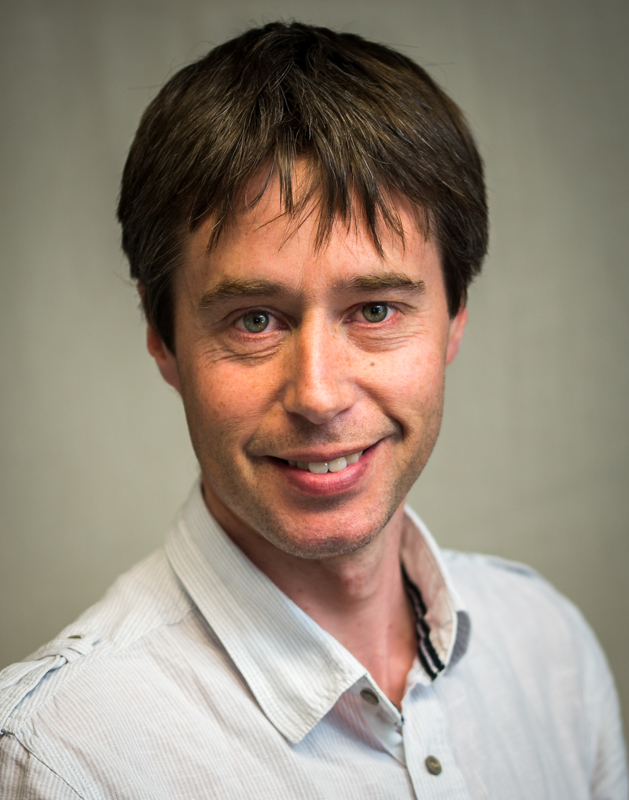Martin Webber, a professor at York University, has been on the board of trustees since 2014. He writes:
I had never previously considered becoming a trustee of a museum, but when the opportunity became available, I jumped at it.
I first visited the three Ripon museums with my family on a rainy day when on holiday in Ripon in 2010. As a history graduate with a particular interest in Victorian social history, I found the museums enthralling. I was particularly struck by the vagrants’ cells in the workhouse, which laid bare our ancestors’ attitudes towards homelessness. They were also a great way to talk to our girls about how attitudes towards poverty, crime and punishment have evolved over the last 150 years.
I was living in London at the time and found Ripon perfectly charming. The museums were a core part of its attraction for me, though I had no particular plans to move here. However, a couple of years later I got a job in York. Our search for somewhere to live brought us back to Ripon and, attracted by a Victorian property, moved to the city in 2012. My fondness for Ripon and its heritage was rekindled.
Keen to get involved in the life of the city, I attended a meeting discussing the development of the Ripon City Plan. It was great to meet so many people who wanted to contribute to the city and harness the potential of its citizens. One of whom was Richard Taylor, chair of the Ripon Museum Trust board of trustees, and I was immediately impressed by his commitment to the city and its heritage. Over a few meetings he reintroduced me to the museums and invited me to attend some board meetings to see if I would be interested in joining. I was elected as a trustee in 2014.
My decision to join the board was influenced by a desire to contribute something to the local community. The museums are an integral part of the heritage of the city but, due to their wide engagement with other voluntary organisations and use of volunteers, are an important social and community asset in Ripon. Far from being stuck in the past, they contribute to the local economy, community and the vibrancy of the city. It is an honour to be involved.
The board meetings are only a small part of what is needed to keep the museums open. The time and skills of many volunteers and the small staff team each day attend to visitors; school and adult groups; manage the collections; maintain the buildings and grounds, and lots more. All those involved seem to contribute much more than I do, but the great thing about working for a charity is that every little contribution helps.
I’m a Professor of Social Work at the University of York so am busy throughout the week. Time with my family and rides with Moonglu Cycling Club take up my evenings and weekends. However, a few hours a month is all it takes to contribute to the board of trustees.
The board makes strategic decisions about the future of the museums. We provide strategic oversight of matters such as the budget, operations, collections, human resources, volunteers, marketing and learning. Decisions are made collectively; no one individual is in control. Sub-committees consider matters in more depth, but all decisions are ratified by the full board.
I came to the role with no prior experience of museums, other than as a visitor. However, I have previously chaired a board of a charity and I deal with strategic decisions in the university on a daily basis. I use this experience to help make a contribution to the collective decision-making processes. While it’s not always possible to achieve complete agreement on the board – and it’s important that everyone has an opportunity to voice their opinion – I like to help achieve consensus so that decisions can be made and the board can function as effectively as possible.
In the last few years, I have also had the opportunity to bring social work students from the University of York to the workhouse museum for a study day on poverty. They have developed some web pages, which provide a contemporary perspective on some of the social issues the workhouse was set up to deal with – such as homelessness, social care and eligibility thresholds for public assistance. As well as assisting the students’ learning, these pages provide a reference point for visitors curious about how these issues are dealt with by social workers and social policy today.
Over the last year, I have helped to establish the Culture and Connections project to support people experiencing low mental wellbeing or social isolation to engage with the activities and opportunities available at the museums. The social connections which arise as the result of engagement with a voluntary organisation can prove vital in engaging people more in their local community. Engaging with activities, volunteering or taking an active role in the life of the museums can also be good for wellbeing. The project established links with local GPs and voluntary organisations in Ripon and supported people to engage with the museums who may not have considered doing so before. An interim evaluation indicated that the project improved participants’ wellbeing and the new volunteers contributed to the life of the museums. We aim to take what we have learnt from the project so far into a re-launch this year to help us complete the evaluation.
Ripon Museum Trust requires a diversity of expertise, skills and knowledge to help keep the museums as vibrant, informative and fun places to be. Joining the board of trustees is just one of many ways to contribute. If you think you have something to offer, it’s worth getting in touch to find out how you can contribute.
